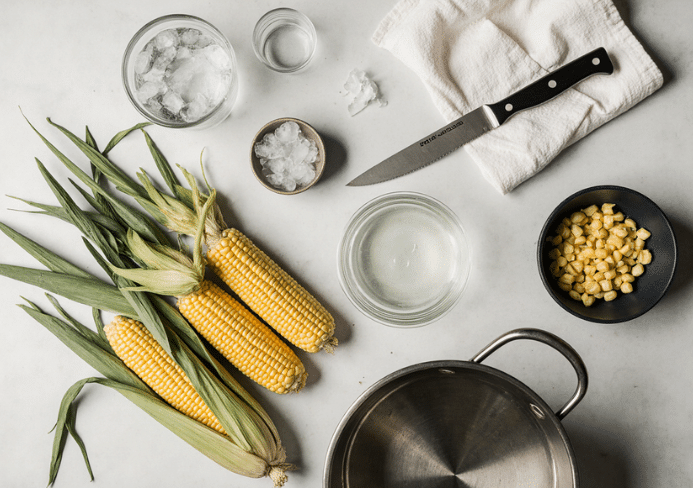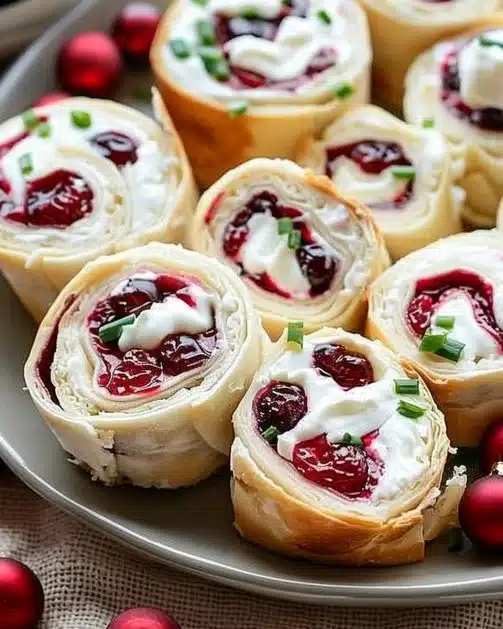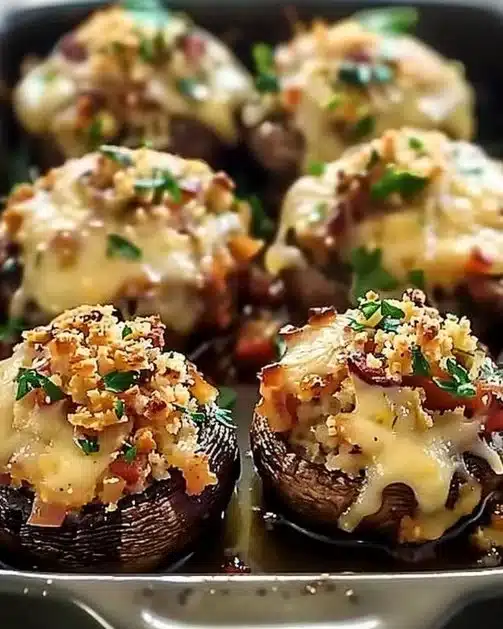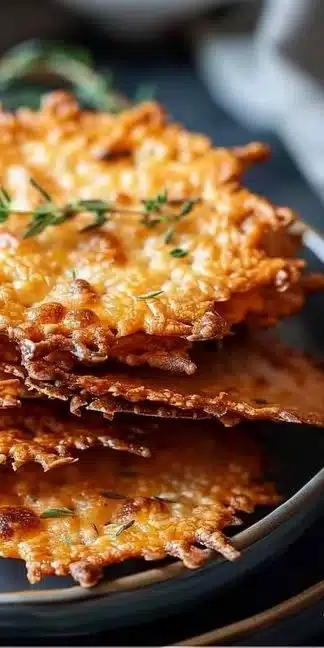How to Store Fresh Corn on the Cob
Corn on the cob is one of summer’s sweetest treasures. But once it’s picked, fresh corn starts losing its flavor and moisture quickly. Knowing how to store it properly ensures you’ll enjoy every juicy bite whether it’s grilled, boiled, or frozen for later. In this guide, you’ll learn the best techniques for keeping your corn fresh, whether it’s raw, cooked, or already off the cob.
Table of Contents
Storing corn correctly isn’t just about taste — it’s also about food safety and minimizing waste. According to the USDA Food Safety Guidelines, proper storage can prevent spoilage and reduce the risk of foodborne illnesses. That’s why it’s essential to handle corn on the cob with care right from the moment you bring it home.
If you’re planning to freeze corn for later use, the process can be easy and efficient when done correctly. The National Center for Home Food Preservation offers trusted techniques for preserving vegetables like corn, including blanching and storage tips that ensure quality is maintained for months.
Choosing the Best Corn to Store
The key to successful storage begins with picking the freshest corn possible. Look for:
- Green, tightly wrapped husks
- Moist, sticky silk threads
- Plump, firm kernels when gently pressed
Avoid corn with dry, brown silk or loose husks. The fresher the corn, the longer it can be preserved.

Why Corn Spoils Quickly
Fresh corn begins converting its natural sugars into starch almost immediately after harvest. This causes the sweet flavor to fade and the texture to become tough. Additionally, without proper humidity and temperature, the kernels can dry out. Refrigeration and freezing slow down this process dramatically.
How to Store Corn on the Cob in the Refrigerator
With Husk On
Storing corn on the cob with the husk intact is the best way to preserve freshness short-term.
- Leave the husk on to retain moisture.
- Place ears in a loose plastic bag or wrap in a damp paper towel.
- Store in the crisper drawer of your fridge.
- Use within 1–3 days for best flavor.
Without Husk
If the husk has already been removed:
- Wrap each ear in plastic wrap or aluminum foil.
- Place in an airtight container or sealable bag.
- Consume within 1–2 days.
Tip: Never wash corn before refrigerating as excess moisture speeds up spoilage.
How to Freeze Fresh Corn (Whole or Kernels)
Freezing extends corn’s shelf life for up to a year and preserves sweetness when done right.
Freezing Whole Corn on the Cob
- Shuck the corn and remove all silks.
- Bring a large pot of water to boil.
- Blanch the corn for 6–10 minutes depending on ear size.
- Transfer immediately to an ice bath to halt cooking.
- Dry thoroughly with towels.
- Wrap each ear in plastic wrap or foil, then place in freezer bags.
- Remove air before sealing and label with date.
Freezing Corn Kernels Only
- Follow steps 1–4 above.
- Stand each cob on a cutting board and slice off the kernels using a sharp knife.
- Spread kernels on a tray and freeze briefly to prevent clumping.
- Transfer to freezer-safe bags or containers and remove as much air as possible.
Note: Blanching is highly recommended to retain flavor, texture, and color, but you can skip it if planning to use the corn soon.
Storing Cooked Corn on the Cob
Already cooked your corn on the cob? Here’s how to handle the leftovers:
- Let the cooked corn cool completely at room temperature.
- Place in an airtight container or reusable freezer bag.
- Refrigerate for up to 4 days.
- To freeze, pack in airtight freezer containers, remove as much air as possible, and label.
Reheating tip: For best results, reheat in the microwave wrapped in a damp paper towel, or warm in a covered dish in the oven.
Alternative Preservation Methods
If you’re feeling adventurous or want to store in new ways:
- Pickling: Store corn kernels in a vinegar brine.
- Canning: Great for corn salsas or relishes, but requires pressure canning.
- Dehydrating: Useful for soups and stews, though texture changes.
Common Mistakes to Avoid
Avoid these errors that lead to spoilage or poor taste:
- Leaving corn at room temperature for more than a few hours.
- Washing corn before storing, which accelerates mold.
- Not blanching before freezing, resulting in starchy, chewy texture.
- Failing to remove air from freezer bags, causing freezer burn.
Frequently Asked Questions (FAQs)
Can corn be stored at room temperature?
Yes, but only for a few hours. Beyond that, sugars turn to starch, and quality drops quickly.
Is it better to store corn in the husk or without?
With the husk. It acts as a natural wrapper, preserving moisture and flavor.
Should you wash corn before storing?
No. Washing introduces moisture that can lead to mold and quicker spoilage.
How do you know if corn has gone bad?
Watch for:
- Slimy texture
- Sour smell
- Dark or moldy husks
Can you freeze corn without blanching?
Yes, but blanching helps retain sweetness, texture, and color. Skipping it may reduce shelf life.
How long does uncooked corn last in the fridge?
Typically 1–3 days. Store in the crisper drawer for best results.
Conclusion
Learning how to store fresh corn on the cob the right way ensures you can enjoy summer’s sweetest crop even when it’s out of season. Whether you’re keeping it in the fridge for a few days or freezing for the winter months, following these tips preserves its flavor, texture, and nutritional value. For long-term storage, always consider blanching and proper packaging to get the most out of every cob.






